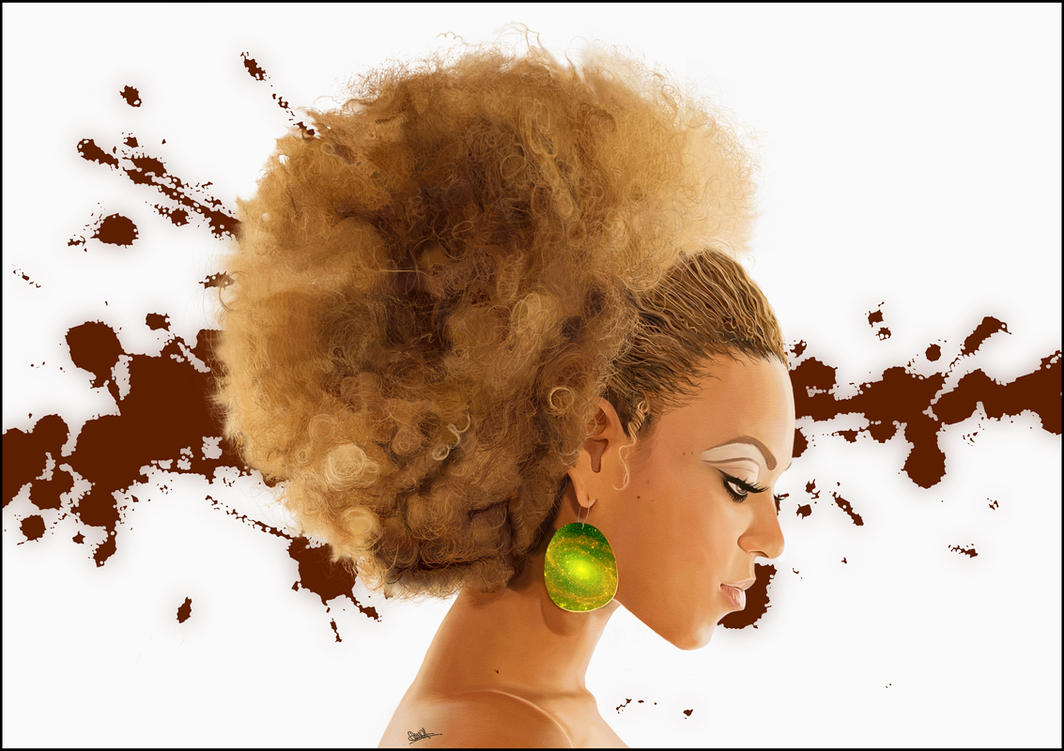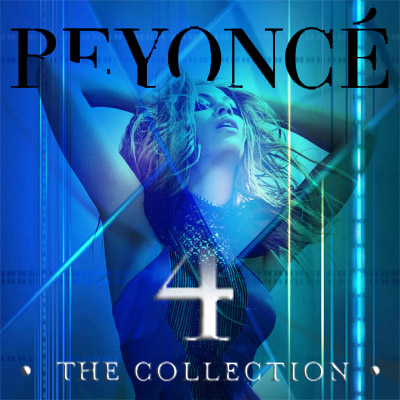
Can we read the artist through the work, even when the artist is the Work? These questions permeate the album, particularly the intimate portraits of “Drunk in Love,” “Jealous,” “Rocket,” and “Mine.” The artist here expresses more comfort and confidence with sexuality than had ever come through in earlier works—no matter how much she performed sexuality in the past, there was never anything like the sheer joy and shame-free announcement,“I can’t wait till / I get home so you can tear that cherry out.”
We think we are allowed some insight into the “real” Beyoncé’s marriage to Jay-Z, who is the guest rapper in “Drunk in Love,” but again we face the question of “real” reality versus the images presented. One wonders why the rapper would equate himself Ike Turner and assert “No I don’t play / Now eat the cake, Annie Mae,” evoking a scene from What’s Love Got to Do With It? in which the singer emotionally abuses his successful wife. The opening lines of the (gorgeous) “Mine” teases the audience with a glimpse of marital conflict and a seemingly biographical observation by the singer that “I haven’t been myself since the baby,” only later to have those biographical parallels dashed by the singer’s declaration that “We should get married,” as those who follow the star couple know they were already married when their daughter was born.
 As Beyoncé shatters and reconstructs long-nurtured assumptions about who and what the artist is, the audience witnesses a re-crystallization of the artist’s span of history and career. Throughout the album we see images of the artist at various phases of life, seeing the early victories and defeats, never knowing “who” she is. At the opening of “Yoncé,” we hear her calling the audience to say “Heeeyyy Ms. Carter”—referencing her spousal relationship while refusing the traditional title of “Mrs.”—then name yet another facet of self through the hyper-funky, sexy “Yoncé / All on his mouth like liquor.”
As Beyoncé shatters and reconstructs long-nurtured assumptions about who and what the artist is, the audience witnesses a re-crystallization of the artist’s span of history and career. Throughout the album we see images of the artist at various phases of life, seeing the early victories and defeats, never knowing “who” she is. At the opening of “Yoncé,” we hear her calling the audience to say “Heeeyyy Ms. Carter”—referencing her spousal relationship while refusing the traditional title of “Mrs.”—then name yet another facet of self through the hyper-funky, sexy “Yoncé / All on his mouth like liquor.”
The bonus video “Grown Woman” encapsulates the artist’s work of integrating her life to date into a new center of gravity. Not offered as pure audio, the video requires us to re-experience this reconstitution with every listen. The video flips between modified home video recordings, the lyrics of the song written into young Beyoncé’s mouth, with reconstructed adult performances of the home videos, all the while interspersed with the adult artist in a sexy, casual, somewhat disheveled appearance confidently surrounded by trophies. Here is the pageant queen post-”Pretty Hurts.” She has gone through perfection and discipline, gone through the journey of meeting and marrying her shadow, gone through reconciliatoin of warring parts into a grander Self. Now her past is not a passive, unchanging set of stories that forever limit her, it is raw material creatively constructed into new form. She rewrites the past to create her future.
Complete Jungian readings of Beyoncé’s work:





